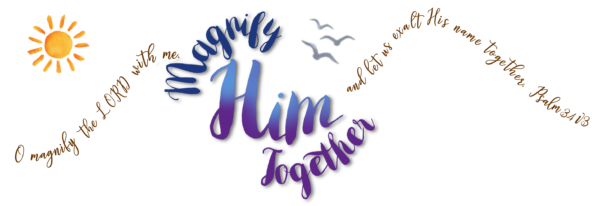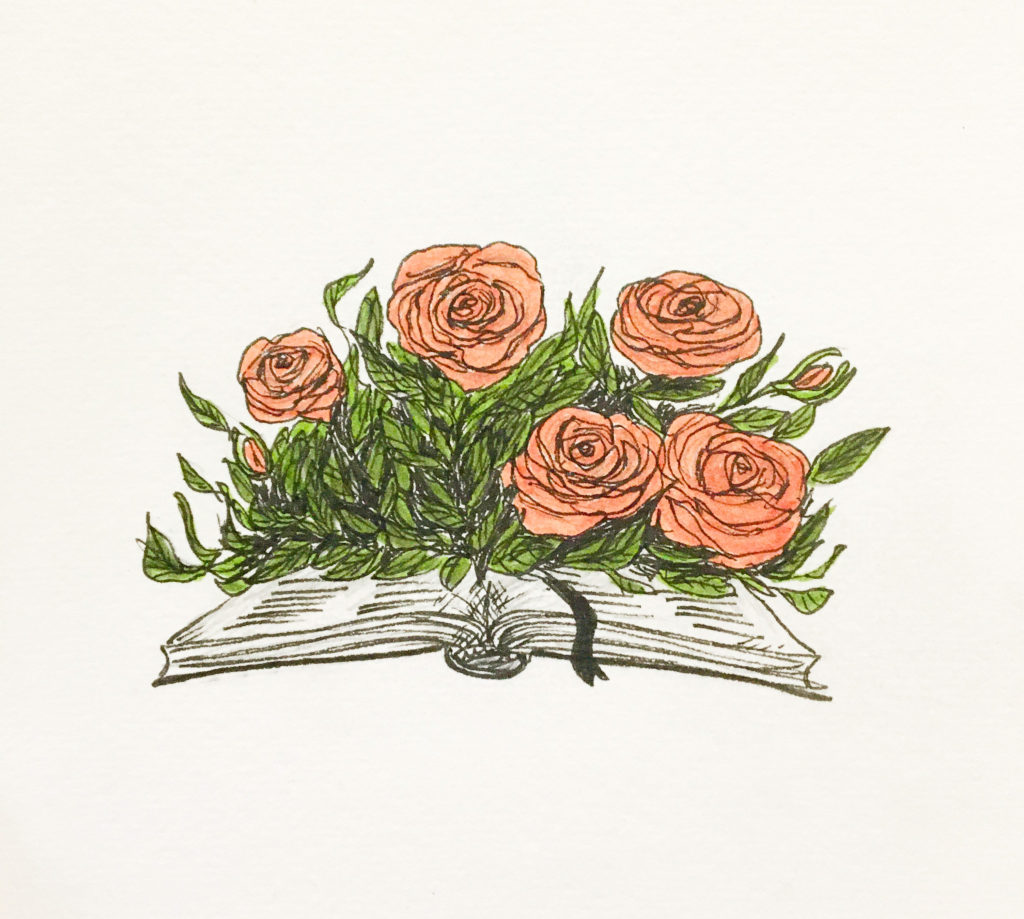{Thank you to Julie S. for this writing plan!}
The dust of the earth, or soil, is not all the same everywhere. Some factors affecting the type of soil in an area are the climate, the parent rock, and the surrounding natural vegetation. Most soils are a mixture of various percentages of sand, silt and clay.
Rocky soil lacks nutrients, can be difficult to till, and since it is often hard-packed, water tends to run off rather than sink in.
Soil that is mostly sand is also a problem. This type of soil cannot store water—water enters quickly, but also drains quickly. It contains very few nutrients as they are easily washed away, and it lacks micro-organisms.
Clay soil sticks to your shovel and boots, it gets muddy and takes a while to dry out, and then when it does, cracks and becomes hard. But clay also holds onto nutrients and gives roots a good firm grip.
Silty soil has particles that are a little bigger than clay and although it is more fertile, it is also quite dense with poor drainage. It is found along river valleys and deltas.
The first man was made from the dust of the earth, and a consequence of sin was that man returns to the dust. But what can be done with that dust while it is alive? You can grow a garden.
January Scripture Writing Plan – Soil PDF
January Scripture Writing Plan PLUS Weekly Planner and Meditations PDF
See also:


